Building white-hat links of high value and in accordance with Google’s guidelines have been a pain point for years now. Algorithms and updates will keep on getting better and so should the SEO Pros.
We’ve deeply documented a technique that has sparked quite a lot of controversy but also delivered great result: the link reclamation technique. Within the following lines, you’ll find what this technique is, when and how to use it to deliver maximum results.
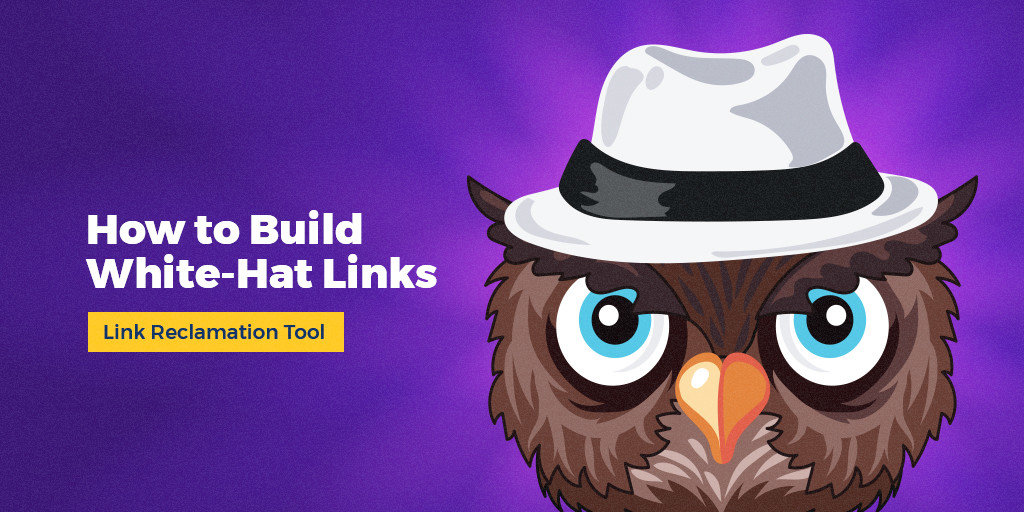
The broken pages and link reclamation technique might be familiar to you as they are quite old school strategies. As stating before, it has sparked quite a lot of controversy, many SEO practitioners classifying it as a great white hat link building technique, while others having not so positive feelings about it. A lot of talking revolved around this matter and we can conclude from it that it’s a matter of high interest among digital marketers. Despite the extensive documentation, few solutions are given in order to improve work on these techniques.
- Identify and Rebuild Broken Pages and Broken Links
- Get Higher Rankings and Happier Clients with the Broken Page Feature
- Use Instant Backlink Explorer to Review Broken Links
- Target Gold Mines Sources to Get Links
- Claim Pre-Existing Link Opportunities
Links are a contested topic and have been so since the beginning of search engine optimization. But since Google disclosed that links are one of the first 3 ranking factors between quality content and RankBrain, you can’t live with them, can’t live without them. So, here is a solution to build high quality links:
Identify & Recover Lost Link Equity Using the Linked 404 Pages on a Site
1. Identify and Rebuild Broken Pages and Broken Links
We know broken links are epidemic. And since we are always trying to find a way to make the internet a better world for users and businesses, we thought of a solution:
Within cognitiveSEO’s Site Explorer, you won’t see all broken pages, but only the ones which have at least one external link. Basically, the very pages that can bring those lost links and rankings back home.
As stated from the beginning, fixing broken pages and broken link building are techniques that can be really effective if understood and used correctly. And more importantly can be applied by everybody, since it doesn’t require technical SEO knowledge.
Between all the white hat link building tactics, link reclamation is the easiest one, not to mention very advantageous for earning quality links.
But how does it work? You can use the below step by step guide:
Step 1
Run a website within the Instant Backlink Explorer, and you will be immediately listed with all the broken URLs that site has.
Step 2
Knowing those broken pages is a really ace in the sleeve, especially when you can export all those pages. Yet, something needs to be done in order to fully take advantage of the opportunities a broken page can bring.
To get back all the ranking juice from the broken pages, you can:
A. Create a landing page with dedicated content, letting the users know that the info is not available anymore on that page, but they can access similar data in some other place.
B. 301 redirect – is the best way to ensure that users and search engines are directed to a page with correct info. A 301 redirect is a permanent one which passes the link juice and equity to the redirected page. Therefore, just like in nature, nothing is lost, just everything changes.
Step 3
You can always go further and take a look at what your competitors are doing and find some link building opportunities. They might have a lot of broken pages and therefore, a lot of links associated with those pages, all good opportunities for you. You can dig deeper, find those broken links, recreate that broken content, and replace broken links with your corrected link. The way broken link building campaigns work is fairly simple and includes 3 simple steps:
1. Find your competitors’ broken pages and links.
Until now, a lot of analysis was involved here as you needed to manually identify those worthwhile pages relevant to your business that have broken links. Now, half of your job is done as you can instantly see all the Broken Pages with the Site Explorer. The tool shows you exactly for each page the types of status code (4xx Client errors) it has. You will also be informed about the number of links (and referring domains) each broken page has. Finding lots of resources is a valuable step in link prospecting and link building, afterward.
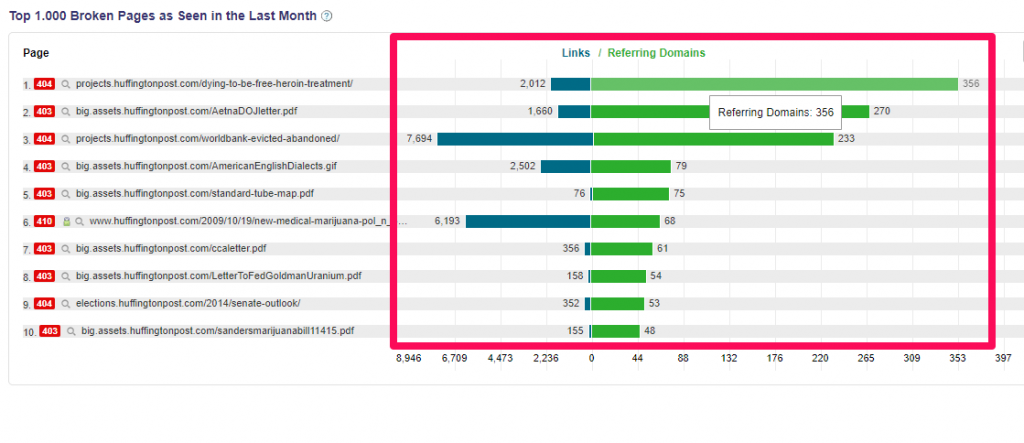
2. Update or re-create the content of the website the broken link originally led to.
If there are other broken pages and not your own you are analyzing, you can even include your own site in the alternatives. Archives such as Wayback Machine or Warrick can help you recover the original content (which you can improve on, of course).
3. Last and not less important, contact the webmasters who have the broken link on their site and recommend them your alternative.
The last step in the broken link building process involves quite a bit of outreaching and networking. There a lot of guides and examples you could use for cold emailing approved by digital experts. The more you can come off as acting in good-faith and interact as a real human (as opposed to an SEO-churning bot), the higher the chance of success.
Of all the possible link building (and generally SEO tactics), this might be the least selfish, as it ends up giving something back to the web community, aside from creating value for your own purposes (hey, there’s no such thing as 100% altruistic SEO practices).
Why is this still a good link-building strategy? First off, because it is a relatively low-risk strategy. You’re targeting successful, authoritative pages from the get-go, meaning you’re working with tested and tried recipes.
Secondly, because you are in fact saving time. Yes, there is work involved, but this is very goal-oriented work, where you know all the specifics of what you want and what you’re trying to get. Half the work is already there because the content doesn’t have to be re-created from scratch.
Thirdly, although you are still looking out for your own interest, in the process, you are creating content that will benefit not only you but also other businesses and ultimately other users.
2. Get Higher Rankings and Happier Clients with the Broken Page Feature
You can instantly see all the broken pages that have at least one external link. It’s impossible to see these pages just by looking at a website’s internal structure.
What you have here is the possibility to see all the pages that can be converted into traffic and ranking opportunities for you. You can have 10, 100 or 1.000 broken pages. Each of them can be translated into hundreds or thousands of link juice.
Why let all this link juice go to waste instead of taking advantage of it?
In the digital marketing world, at some point, the same rules apply to all sites, regardless of their size or amplitude. Broken pages should be a matter of interest, whether you are managing amazon.com or the website of a neighborhood coffee shop. For a better understanding, let’s see exactly the Broken Page Feature’s Super Power at work.
For the analysis, we selected a website with high domain authority, a site you’ve probably accessed at least once, even out of mere curiosity: apple.com. With an astounding number of high authority links undoubtedly, Apple’s website is well-off. Yet, like with most of the things, there is always room for improvement. The site has no fewer than 736 broken pages that have around 2.33 million links.
The great thing about the Broken Page feature is that you will have a list of all the broken pages and the number of referring domains and links they have. Therefore, you will even get a “top” of the broken pages you should be most focusing on. Of course, each broken page is a lost opportunity that can hold you back some rankings and you should keep all of them in mind. Yet, a broken page with 2.000 links might be more “profitable” to work on than a page with 20 links.
You need to remember that along with the link juice you might also lose customers/visitors as a broken page also means a bad user experience.
Therefore, take advantage of the top broken pages list in your online marketing strategy. First concentrate on those which are on the top of the rankings regarding the number of links and referring domains but don’t forget that all of your broken pages need your attention.
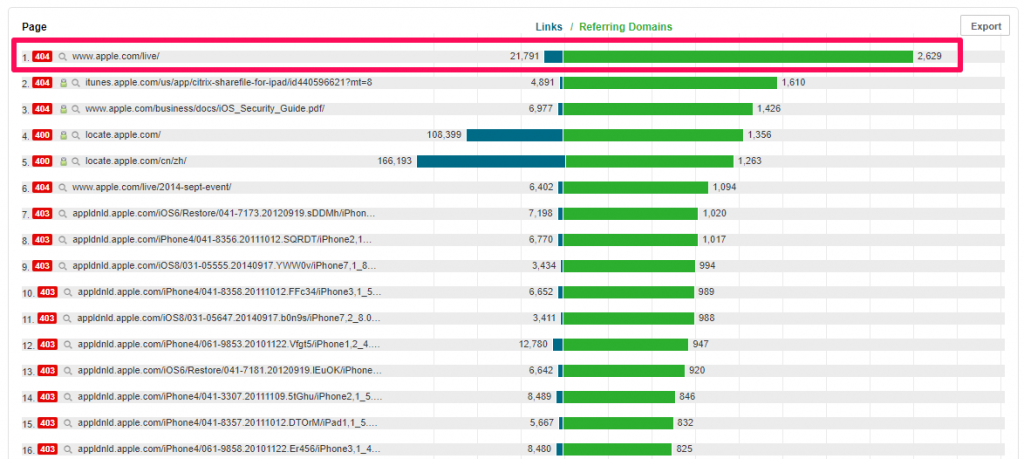
While we are trying to access one of Apple’s broken page with no fewer than 21.000 links, intuitively, we are taken to the page you can see in the screenshot below. From the URL of the page, we couldn’t figure it, and we used the help of Wayback Machine. For those who are asking what used to be on the apple.com/live page, Apple used it as a live events page to make announcements.
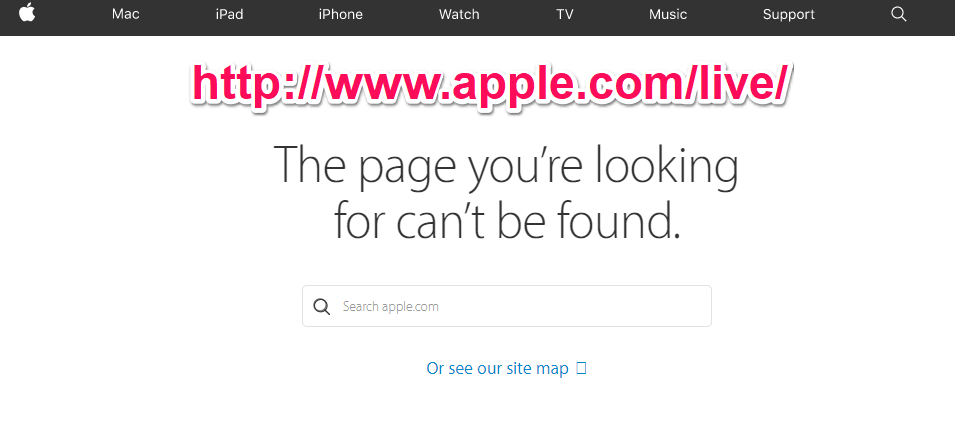
The page from the screenshot above also brought around 2.600 referring domains and 21.000 links. These are some numbers that many companies would only dream to have for their pages. Meanwhile, Apple neglects this page and along with it thousands of links and unhappy customers. As you can see in the image below, a dedicated page for events does exist. So, why does the multinational technology company choose to lose all those links and rankings opportunity? We don’t know. Most likely, they are not aware of the problem.
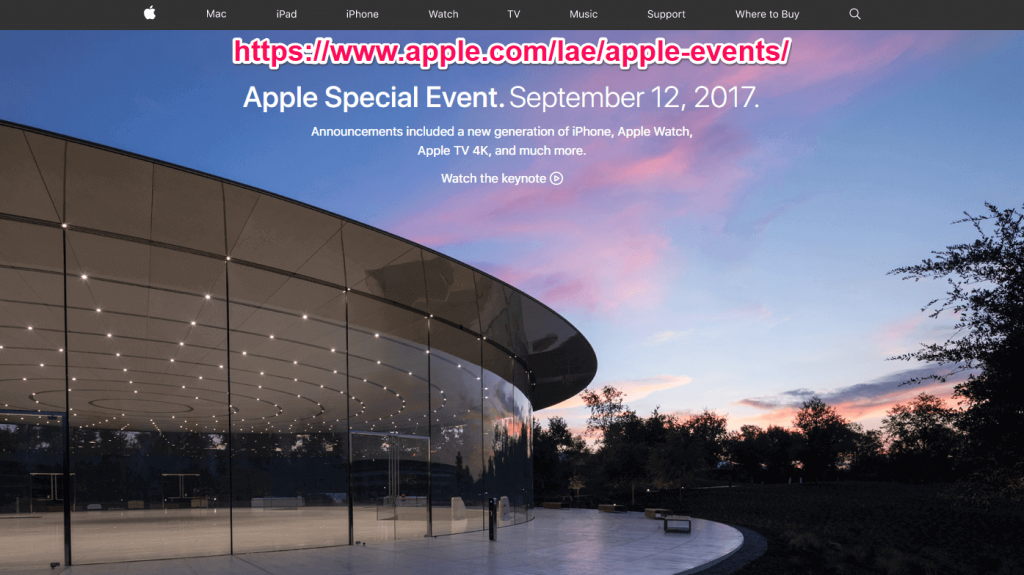
However, some workouts can be done in such a case: Create a landing page with updated content or a 301 redirect. In our case, there is not a dedicated page for Apple Live, but for Apple Events, as you can see in the screenshot above. Therefore, a simple redirect can be done here, letting the user see a content they can really get info from. Moreover, such a redirect passes almost all the link juice to the redirected page. Therefore, just like in nature nothing is lost, just everything changes. Add this step in your content marketing plan, because content is an important ranking factor for Google.
If you are really interested in seeing how certain broken pages (including your own) used to look like in order to update or improve them, you can always check them with Wayback Machine. In the screenshot below we can see how the actual broken page apple.com/itunes used to look like sometimes in December 2010. This info can be very useful, especially when trying to offer better user experience and figure out what your customer is looking for.
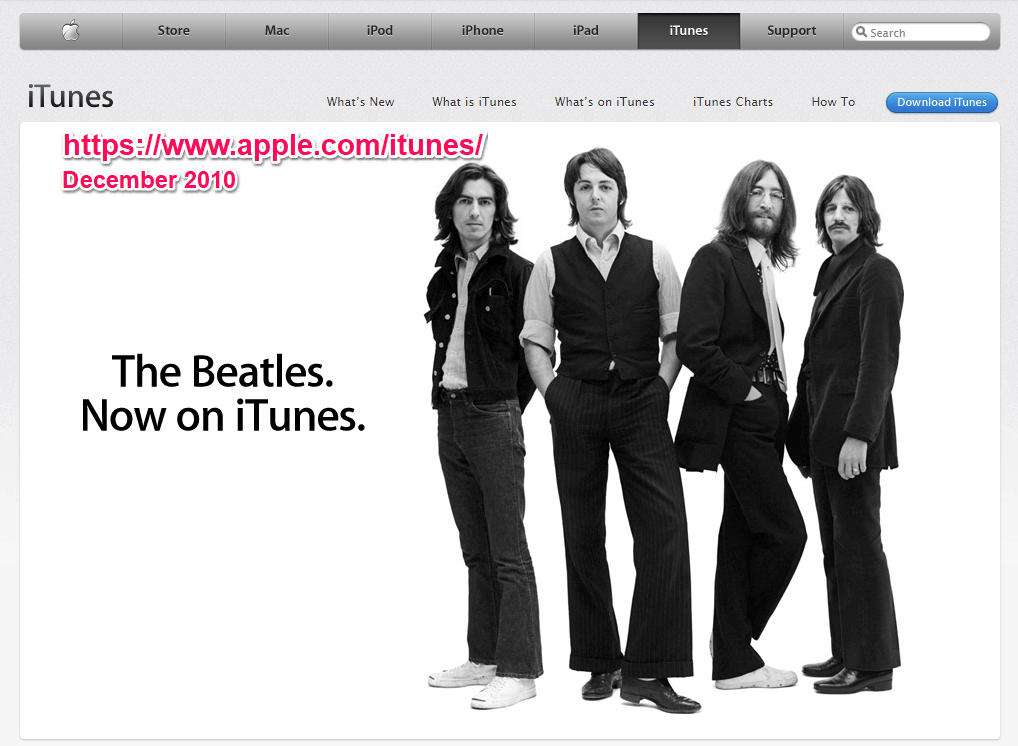
And this is how the pages look at the moment, more precisely in January 2018.
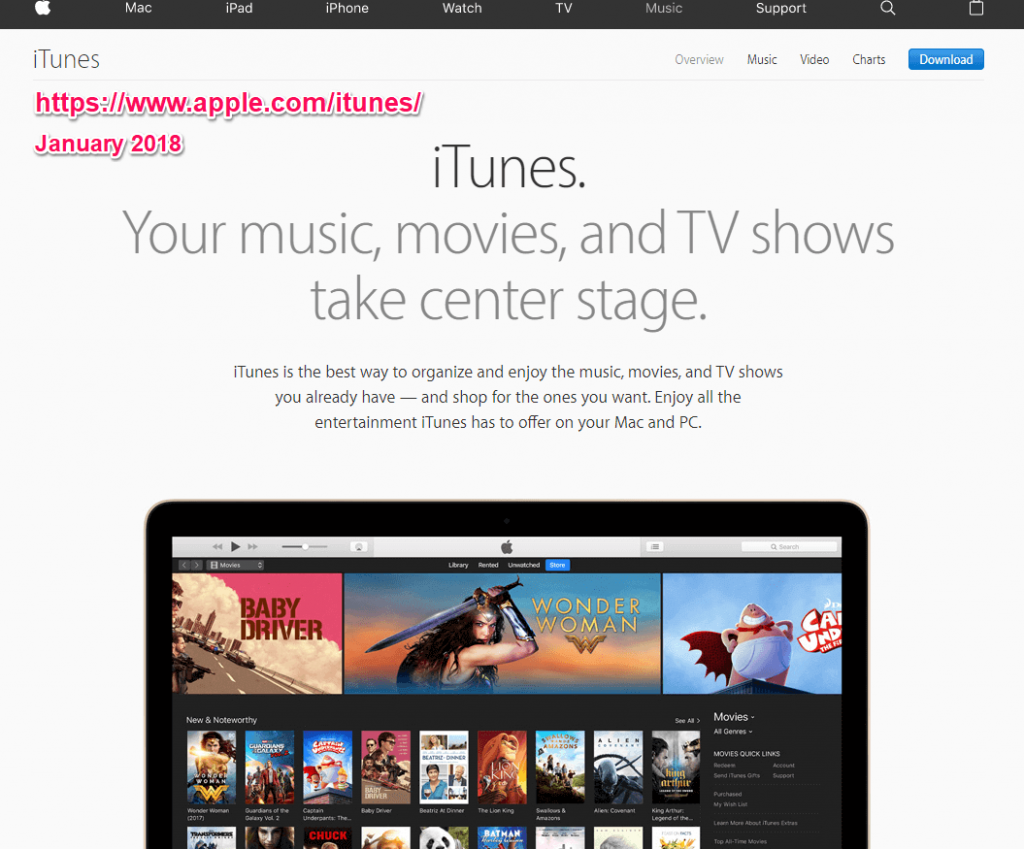
3. Use Instant Backlink Explorer to Review Broken Links
Another Instant Backlink Explorer that you can use in your link building process, which is available for the Broken Pages feature but not only, is the direct analysis of all your links. How is this working? It’s simple. Let’s take the broken page list, for instance. (screenshot below)
You can visualize a list with all the broken pages a site has, ordered by the number of links and referring domains that page has. Near the URL, you will see a magnifying glass icon. Once you hit that icon, that specific URL will be analyzed, and a page with the in-depth analysis will be presented to you, just like in the screenshot below.
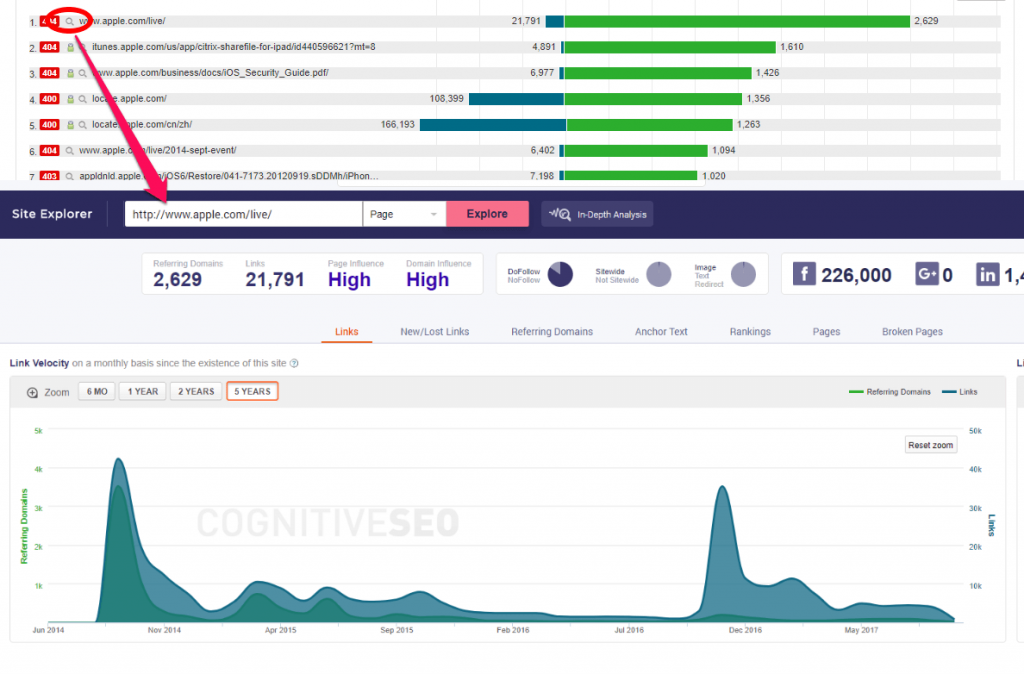
4. Target Gold Mines Sources to Get Links
Don’t focus your attention only on social media links, such as Facebook, Twitter, Tumblr or Pinterest. There are moving so fast that you might end up working a lot with little results. Better target resources such as publications, libraries, blogs or individual articles.
Don’t target low-quality pages that:
- have lots of outbound links;
- are on domains with an unnatural backlink profile over 30%;
- have thin content or low content that doesn’t offer information;
- have content not related to your niche;
- have hacked content or anything else that violates Google’s quality guidelines.
Target quality pages to link to your site; that way you avoid putting the Google penalty spotlight on you. Use all the SEO data you have and make sure you follow the SEO strategy you proposed, including the link reclamation technique.
Bonus, here is another great link building technique that we’ve deeply documented in this blog post: Wikipedia Link Rot – A Secret Goldmine for Broken Link Building
5. Claim Pre-Existing Link Opportunities
Broken links can be a valuable opportunity for link building. Sometimes it can simply involve taking advantage of broken link building opportunities that already exist but haven’t been tapped into yet. Taking this into consideration, there are somethings that you should be careful at. The first rule is to comply with Google’s quality guidelines. Then look for trustworthy sites, choose the type of link, position and lots of other factors.
You can have broken links for numerous reasons, but you don’t have to despair. You can claim them and restore your backlink profile. The following are five tips and strategies you can use to claim links that you rightfully deserve. It can bring more on your link building process if you follow the link reclamation technique you’ve previously talked about.
5.1. BrandMentions for Your Business
If someone mentioned your site online, your brand’s name, your business name, then you’ll likely want them to link to you too. A similar tool to Google Alerts, BrandMentions makes it easy to keep track of your mentions via email. It shows you historical search results from web or social platforms with great accuracy. Running an in-depth brand mentions audit could help you outsmart your competitors and earn some quality links.
Similar to Google Alerts, but more accurate with more options for filtering and tracking mentions, the tool offers the possibility to create campaigns and keep track of your mentions in a more organized manner.
Each time you see a brand mention, check it out to make sure the website is linking back to you. If they are not, or you’d prefer they link to something else, send a friendly email to the webmaster, author, or editor to see if you can get them to add or change the link. This is one of the easiest ways of claiming the links you deserve. Most typically you’ll have a positive response to this type of request.
5.2. Redirection for Missing Pages
Google Webmaster Tools makes it easy to find out if you have any missing pages on your website. You can find these under Crawl > Crawl Errors, then click on Not found (if any).
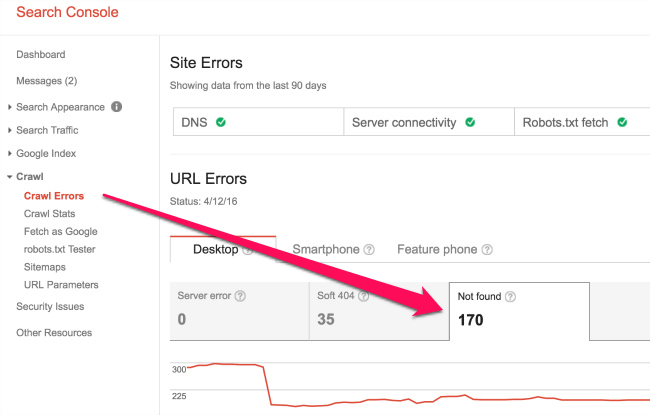
To find out how valuable this strategy can be, simply click on some of the URLs listed as missing.
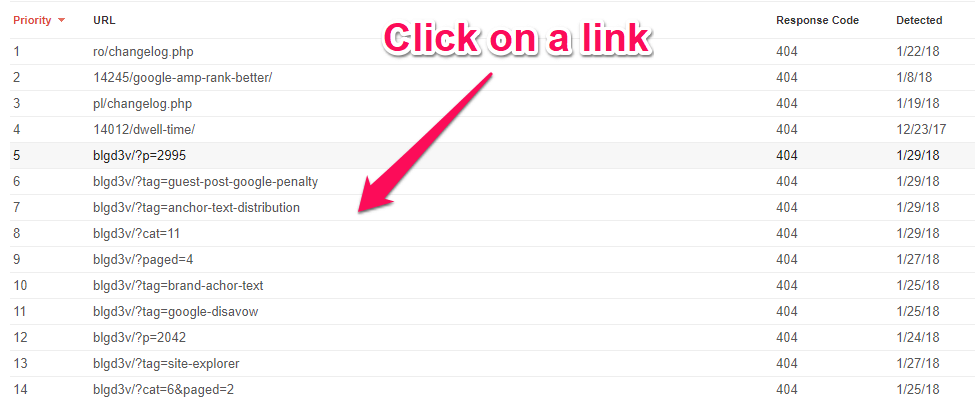
Then click on the Links from tab to see how many backlinks are pointing to the missing URL. You could gain redirection juice on a huge amount of links if you go through the redirection process.
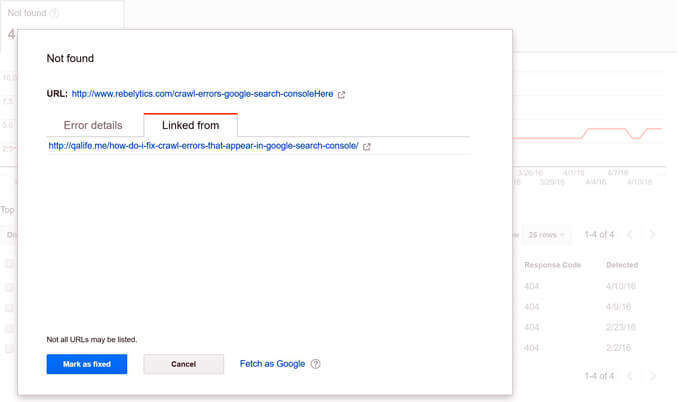
Source: rebelytics.com
If you’re not a fan of messing with your server-side files and have a WordPress website, you can create redirections from your WordPress dashboard using the Redirection plugin. Not only can you create the redirects, but you can see the number of times people have clicked on the bad link, which should further convince you to keep up with your broken links!
5.3. Change Requests for Old Domains
If you want to redirect broken links on your own domain, but you no longer own that domain, you won’t be able to simply redirect those links to new ones on your current website. In this case, you’ll want to contact anyone linked to you old domains and ask for your links to be updated.
This can be a tricky task, however, if your old domain is now owned by someone else who has a similar purpose or similar content.
Aside from domains you’ve lost, this is also a good way to reclaim links built to properties you used to own on hosted sites like WordPress.com or other free platforms. Maybe you started out your blog on Blogger and received a lot of links to it, but now have a blog on your own domain. It never hurts to go back, check your old properties’ backlinks, and see if you can get them changed to your new site.
5.4. Updated Links for Lost Offsite Content
Have you ever submitted a great piece of content to a site, only to find that down the road, the site no longer exists? If you saved your content (which you always should), you could get some links from this opportunity.
First, you’ll want to see if there are links built to the URL your content previously existed upon. If there are, take that content and place it on your own website. Then you’ll want to contact all of the sites linked to your old piece of offsite content and ask them to link to the new content. This should lead to good results as most people would want to make sure the content they linked to is still live, assuming those sites are still being maintained.
5.5. Use Credits for Your Content
If you use infographics in your link building strategy, then you will want to make sure you have got the maximum number of links possible for each infographic. No matter how simple you make it for people to link back to your website along with your infographic, you may still discover lots of websites using it without a link.
To find out, use Google Image search. Upload your infographic and let Google go out and discover any instances of it on the web. Alternatively, you can also do a Google search for the exact title of your infographic. As you discover sites using your infographic, you can contact them and ask that they add attribution back to your website.
This strategy also works well for Creative Commons images. If you create great images that people can use on their websites and blogs, make them Creative Commons licensed. Share them on sites like Flickr. Then look for websites using the images to make sure they have been credited properly back to you with a backlink to your website. If not, request one.
Conclusion
Even if you are not a cinema fan, you are most probably familiar with the worldwide icon Charlie Chaplin. More than 100 years have passed since the English comic actor, filmmaker, and composer who rose to fame in the silent era made his debut in a motion picture. He definitely won his fame due to his talent and his high ingenuity as well as his innovative style. However, an interesting urban legend started circulating during the ‘20s and can still be heard to this day. It is said that a Charlie Chaplin look-alike competition was held in California, with some 40-something competitors. Charlie Chaplin himself entered the contest under a false name, as a joke. Only the joke was on him, as he did not win, but only came in 2nd (or even lower, according to some accounts).
Whether this is a true story or not remains up for debate (as there is no official record of this). However, some lessons can be drawn from this anecdote, if you indulge me. It often happens to all of us, regardless how big or small we are, to be outsmarted by our competitors – even at things we think we are supposed to excel (much like that Chaplin fellow). There is nothing strange about it, as there can be many reasons for why this happens. Yet, when our competitors are overtaking us with “the victory in our hands” (in our case, with “the links in your own hands”), we get this uneasy feeling that we should have won and we’ve been unjustly defeated (sort of like coming in 2nd in our own look-alike contest).
And this is one of the reasons we’ve developed the Broken Page feature that could help you, by flipping the story on its head. This feature might help you to become better than your competitors at the very thing that they were supposed to excel. The way to do this is to start using a strategy they may not be aware of as they don’t have the proper means to identify what you can with the blink of an eye. Following our complete guide using this white hat SEO technique, you’ll be able to find dead links and pages.

 Site Explorer
Site Explorer Keyword tool
Keyword tool Google Algorithm Changes
Google Algorithm Changes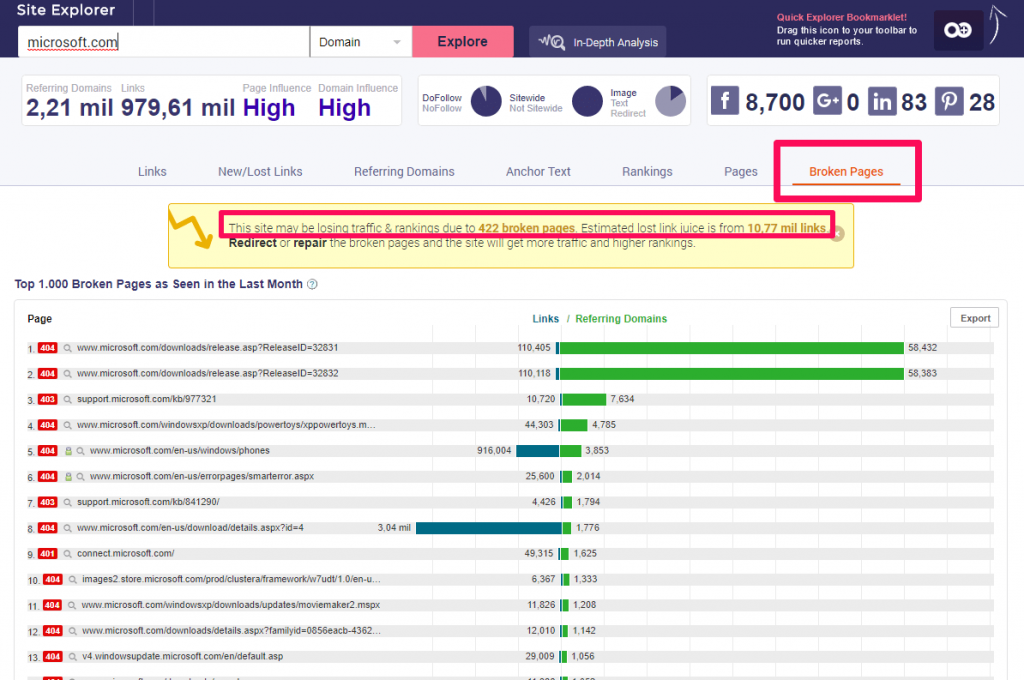



Couldn’t you just make it so all broken links redirect to your home page? Or in other words, your 404 page is really just a redirect to your home page. Would that be bad to do for some reason?
Hi, Kyle!
Of course, depends of context and situation. You should do the redirects to the pages that you consider to be relevant for the user.
Hi, Anup!
Hope this article was useful for you. What you can do is first identify the 404 pages and the reasons they are having errors. Once you have a clear image of your 404 issues you can either do redirects or create dedicated pages for the broken ones. Also, removing internal links if it’s the case might be at help.
Hey Cornelia,
Great article.
Looks like you wrote it juts for me. Recent migration had left me with a lot of 404 issues. Things looks pretty sorted after going through the post.
Hi, Neil!
Glad you liked the article and really happy it made things more clear for you. Let me know how the 404 issues solving went.
Thanks for the share.
Gonna sign up. As an agency,we try almost all kind of tools in market but yet to come across any solid product for this broken link strategy.I think it can be of great help. I think you can integrate outreach emails/coversation too in next release(I mean tracking progress for each client).
tks for the feedback Michael and hopefully you now found a solid product for the broken link strategy 🙂
My website is having lots of 404 errors how do i remove it?will it impact my SEO strategy?
Regards
Anup
Hello, I’m looking for a tool who can help in finding brand mentioned unlinked and this seems similar to you, i tried to use builtvisble but their downloaded copy is not working. Please suggest way out!
Thank you!
Hi Mack,
You should use http://brandmentions.com
This works like a charm to find both linked and unlinked mentions.
Great post Cornelia,
Broken link building is one of the best ways to build quality links to any webpage.
However, what usually make the process more tedious is when you do not have the right tools and i think the one you talked about here is indeed very handy.
I will check out the 14 day trial.
Thanks for sharing.
Hi, Theodore!
thanks for the feedback! Glad you find the article useful. I’m sure you’ll find the tool very useful as well.
Very nice article. Is there any free tool to find the dead links?
Thanks for sharing, Broken link building is still one of fav technique for webmasters to link building.
Glad you like it, Aine! Hope you’ll make the best use of it 😉
Thanks.
Very good article with great tips, I will use this strategy 🙂
I will also check the tool.
tnx again for sharing great content.
Thanks, Ben! Enjoy using the tool!
Great article! Will give the tool a try!
Glad to hear that, Daniel! 🙂
Good, interesting and useful info.
Thanks for sharing this!
Hope you found it useful, Sandra!
Great article! I think it’s about time I stopped being lazy and took a deep dive into the broken page tool. It is a great tool.
Glad to hear that, Matt!
Keep up the good work 🙂
cool guide, I was just looking at a way to find broken links and I didn’t know about this cognitiveSeo tool 🙂
How to use Warrick?